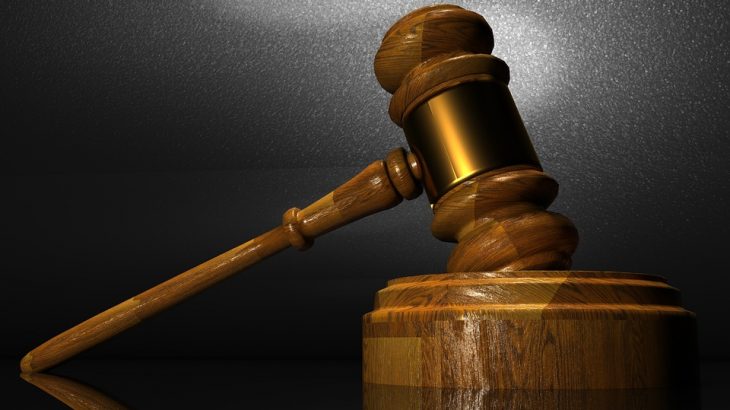No-one is perfect in this world and so are the doctors. Sometimes, it happens that the mistakes made by the medical practitioners lead to serious consequences in the patients’ health.
There are various because of which practitioners tend to make mistakes. Some of them are lack of communication with patients, lack of knowledge of patients’ health history, no proper brief about the patient, etc. to name a few.
As a result, it so happens that patients’ tend to file litigations against them which are at sometimes difficult to ignore. Then, how do we then avoid them?
In this article, we shall discuss the ways through which the litigations can be avoided by the doctors
Risk management:
Risk management in general can be defined as identifying the possible risks, finding solutions before it even occurs in actuality. But again there enterprise risk management. In this, the risk occurred can have major impact on the enterprise, its products and services, on the customers and definitely on the market.
The risk now needs to be so0lved which can happen only through 2 approaches. The two approaches can be named as:
- Proactive Approach and
- Reactive Approach
In the proactive approach, the possible risks are predicted, and solutions are jotted down. When compared to reactive, this is very effective one but it requires a lot of skills and dedication.
In the reactive approach, the occurred risk is analyzed, and steps are taken to reduce it and make sure that they don’t arrive in the near future. It is the easy when compared to the earlier one, but this requires a lot of ability, dedication, and knowledge.
Proactive Approach
The Proactive approach can again be divided into various sections for avoiding the risk. Some of them are as follows:
- Communications:
It is very necessary that the doctor be in regular contact with patients. The I-SBAR means can be followed for the communication. I-SBAR means: Introducing yourself and the reason for calling, Situation for the patient (age, gender, and general condition), Background of relevant details, (including medical history), Assessment and the related findings, Recommendations / requests.
- Meetings:
It is not necessary that a single doctor can do all the work related to medicine. So, it is necessary that regular meetings are held where the specialized doctors are called in and asked for opinions regarding the complicated cases. It is even preferred that the patients family is also present in the meeting so that they’ve idea about the procedures involved during the treatment. Based on that they can decide whether they want to go about it or not.
- Verbal and Telephonic communications:
It is very much advisable that until and unless it is acute emergency, the verbal communication be avoided. Or else it is always better to have the orders by the doctors written. And when it comes to telephonic conversation, it is sensible to read back the order to the caller. This brings about fewer errors and the unknown risks can be avoided.
- Accountability:
It is essential that the physicians review orders and plans which have been demanded by co-physicians and other hospital personnel, so that there is consistency and the disagreements in plan can be shunned.
- Professional Degree:
It is always good if the hospitals encourage their personnel to go for higher degrees. This way the physicians can have more knowledge about the concerned problems of the patients and this can even reduce the litigation problems.
- Safety Goals:
It is always necessary to know the ways for patient safety. It is a must that the physician knows right procedures, medical history of the patient, his/her infections, weaknesses, etc. This is to ensure that the wrong medication is not given to him.
- Working hours:
The over-stressed usually tend to make mistakes in haste. Consequently if the staff is healthy and not pressurized there are fewer chances of errors taking place. So, it is always to have fixed working hours. There needs to shifts in staff members as well.
Now that we’ve dealt with the proactive approach, let’s have a look at the reactive approach.
As mentioned earlier, reactive approach is that where the occurred risk is analyzed, and steps are taken to reduce it and make sure that they don’t arrive in the near future. Here are few tips needed to be followed to avoid litigations and see to that same kinds risk don’t occur in the mere future.
- Have a report of all the accidents, mishaps, disasters, etc which have occurred in the past.
- Have a look, review at the existing medical records.
- Have a look at the morbidity and mortality reviews
Read More at: http://www.asianhhm.com/healthcare-management/medical-errors-litigations








